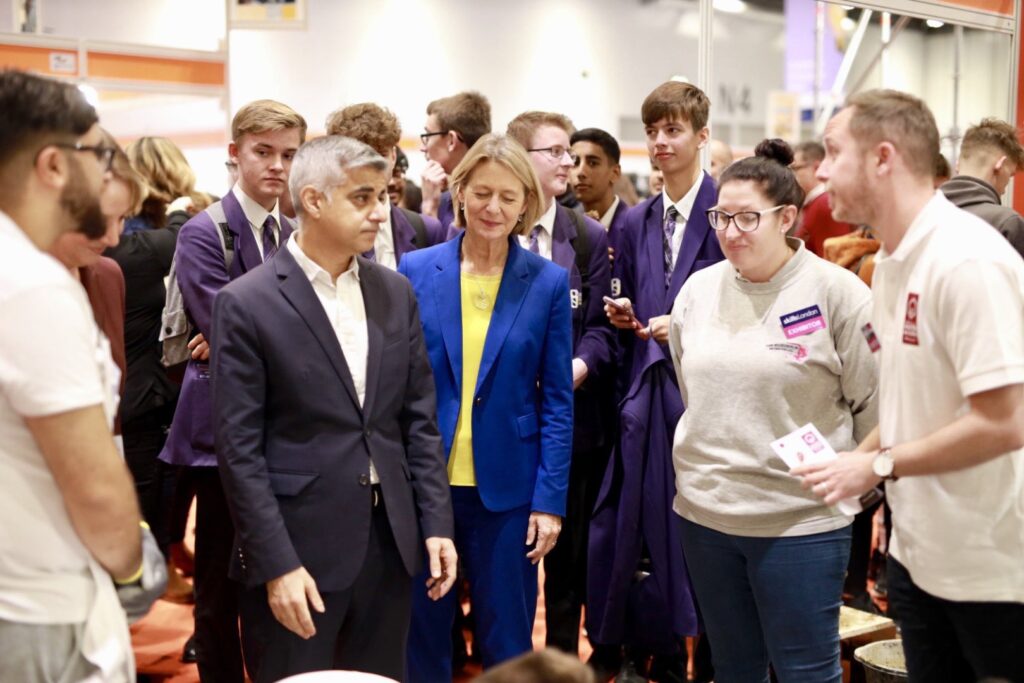Subject Leader
Mr C Cottingham – ccottingham@oriel.w-sussex.sch.uk
Teaching Staff
Mr J Smith – jsmith4@oriel.w-sussex.sch.uk

A-Level Politics
Exam Board: Edexcel Edexcel AS & A level Politics (2017) | Pearson qualifications
A Week Is A Long Time In Politics goes the saying – but right now it seems every day brings some new issue. Elections. Political scandals. Wars in Ukraine and Gaza. The cost of living crisis. Refugees and deportations. Insurrections and assassinations. Surging Nationalism. Rogue states. Online disinformation. Six Prime Ministers in eight years.
This is a course that will help you to understand how our politics works. We look at how governments work, and how they become the government. Who influences governments, and how. How we vote, and whether we’re just doing what the media tells us. Where political parties have come from, and how people’s ideas from hundreds of years ago are still impacting how we live. How our lives are impacted by the decisions of a handful of people.
It’s a tough course with an often overwhelming amount of information – but the ideas that we’ll consider are at the heart of everything going on right now.
Course Structure: Year 12
| Year 12 | Mr Cottingham | Mr Smith |
|---|---|---|
| Term 1 | Paper 1: Democracy and Participation | Paper 2: The Constitution |
| Term 2 | Paper 1: Political Parties | Paper 2: Parliament |
| Term 3 | Paper 1: Electoral Systems | Paper 2: The Prime Minister and the Executive |
| Term 4 | Paper 1: Voting Behaviour and the Media | Paper 2: Relations Between the Branches |
| Term 5 | Political Ideas: Liberalism | Political Ideas: Socialism |
| Term 6 | Political Ideas: Conservatism | Political Ideas: Nationalism |
Course Structure: Year 13
| Year 13 | Mr Smith | Mr Cottingham |
|---|---|---|
| Term 1 | Political Ideas: Conservatism Intro to Global Politics/Realism and Liberalism | Political Ideas: Nationalism The State and Globalisation |
| Term 2 | Global Governance: Political | Global Governance: Human Rights |
| Term 3 | Global Governance: Economics | Global Governance: Environmental |
| Term 4 | Power and Developments | Regionalism and the EU |
| Term 5 | Revision and Exam Consolidation | Revision and Exam Consolidation |








